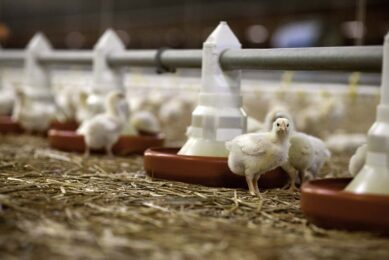Identical human and animal gene for antibiotic resistance
Genes that make bacteria resistant to antibiotics can be transferred between humans and other animals, say researchers in this month’s issue of the Journal of Medical Microbiology. The findings will help health experts to assess how using antibiotics in food-producing animals can affect the treatment of common human infections.
Scientists from the Carol Yu Centre for Infection at the University of Hong Kong examined Escherichia coli bacteria responsible for causing human urinary tract infections (UTIs) and bacteria in faecal samples from humans and food-producing animals. They found an identical gene for antibiotic resistance was present in all the samples in similar proportions and locations, suggesting that the gene is likely to be transferred between bacteria residing in different hosts.
The gene, called aacC2, encodes resistance to a commonly-used antibiotic gentamicin and was found in approx. 80% of human and animal samples. The ene was also found on sections of DNA that are known to swap between different bacterial populations. Both these factors, combined with the identical gene sequences, led the researchers to suggest that aacC2 can transfer between separate populations of bacteria that colonise different species.
Dr Pak-Leung Ho, who led the study, says that the ability of antibiotic resistance genes to transfer between human and animals could make the problem harder to control. “These resistance genes may possibly spread to the human gut via the food chain, through direct contact with animals or by exposure to contaminated water sources. When the resistance genes end up in bacteria that cause infections in humans, the diseases will be more difficult to treat,” he said.
According to Dr. Ho there is currently a lack of quantitative data on the human risk of exposure to antibiotic-resistant bacteria from animal sources. “Health authorities need to closely monitor the transmission of resistance between food-producing animals and humans and assess how such transfers are affecting the effectiveness of human use of antibiotics,” he said. “With the international trading of meats and food animals, antibiotic resistance in one geographic area can easily become global,” he explained.
Source: ScienceDaily













